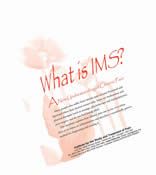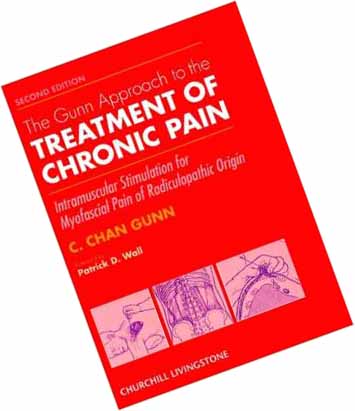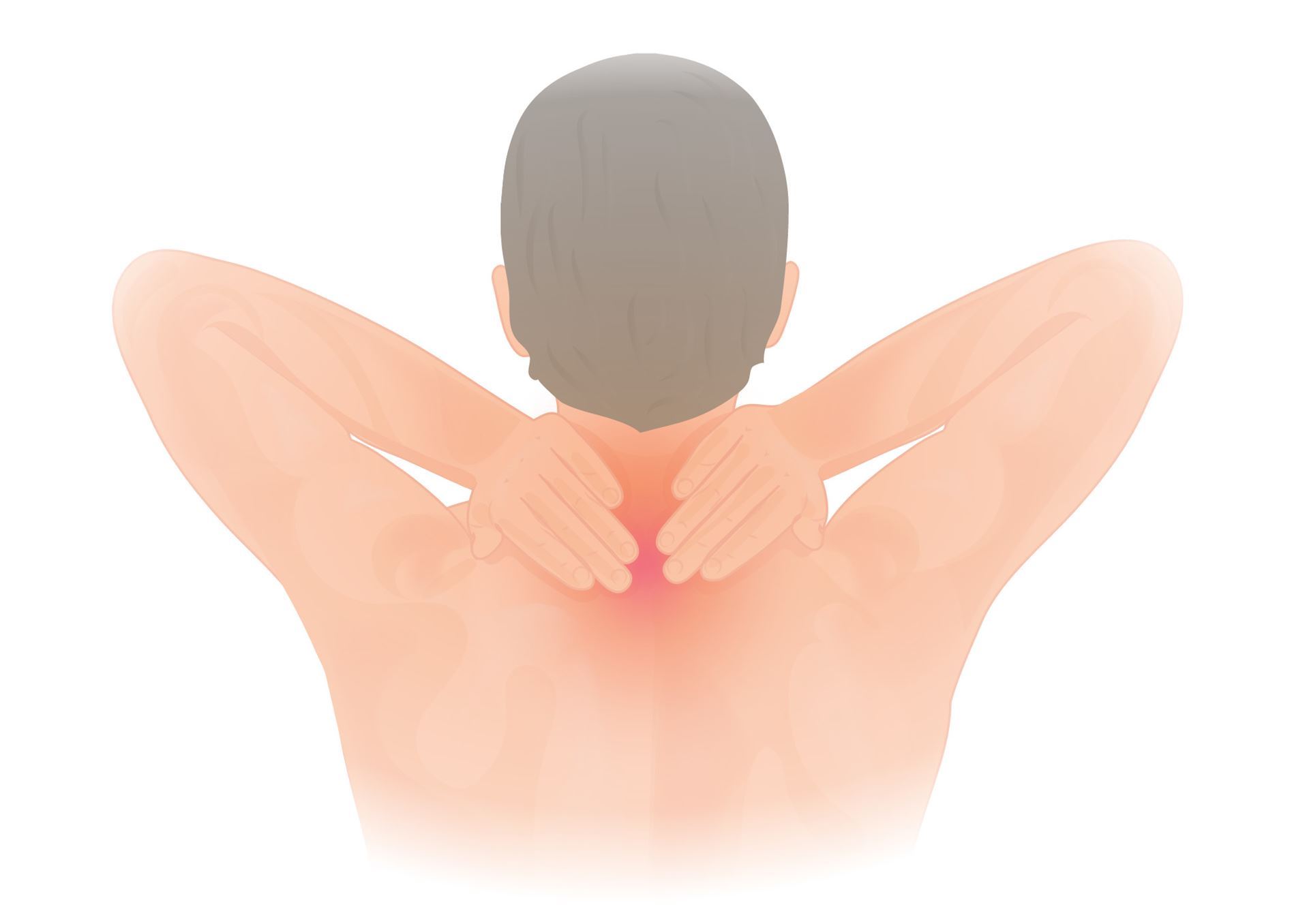-
-
-
-
ENGLISH What is IMS?
-
-
-
-
-
-
-
-
-
-
The Institute for the Study and Treatment of PainiSTOP's role is transitioning to UBC Gunn IMS Program – Faculty of Medicine https://www.gunnims.com/ |
If you are experiencing an URGENT Medical
Emergency
9-1-1 Telephone immediately 8-1-1 Nurse Hotline (if you are seeking Non-Urgent Medical Guidance) | T-9-1-1 Send a TEXT message if you are registered as part of the deaf, deafened, hard of hearing or speech impaired (DHHSI) community in Canada |
- Member Directory
- Patient Information
- What is IMS?
- ENGLISH What is IMS?


ENGLISH
What is IMS? GunnIMS: Intramuscular Stimulation
Supersensitivity and muscle shortening cannot be operated on and ‘cut away,’ while ‘painkillers’ and other analgesic pills only mask the pain (often poorly) and promote toxicity, compounding the problem. Neuropathy only responds to a physical input of energy.
Intramuscular Stimulation (IMS) is a total system for the diagnosis and treatment of myofascial pain syndromes (chronic pain conditions that occur in the musculoskeletal system when there is no obvious sign of injury or inflammation). IMS is grounded in Western Medical Science, and has a solid foundation in its radiculopathic model of pain, which is now supported by many experts in the field. It was developed by Dr. Gunn while he was a physician at the Worker's Compensation Board of British Columbia in the 70's, where he investigated the large number of mysteriously stubborn cases after frustration with the ineffective modalities at his disposal. The treatment, which utilizes acupuncture needles because they are the thinnest implements available that are designed to penetrate deep within muscle tissue, specifically targets injured muscles that have contracted and become shortened from distress.
IMS relies heavily on a thorough physical examination of the patient by a competent practitioner, trained to recognize the physical signs of neuropathic pain. This physical examination is indispensable since chronic pain is often neurological as opposed to structural, and therefore, invisible to expensive X-rays, MRI Tests, Bone and CT Scans. Failure to recognize these signs will result in an inaccurate diagnosis, and thus, a poor starting point for physical therapy.
The treatment involves dry needling of affected areas of the body without injecting any substance. The needle sites can be at the epicenter of taut, tender muscle bands, or they can be near the spine where the nerve root may have become irritated and supersensitive. Penetration of a normal muscle is painless; however, a shortened, supersensitive muscle will ‘grasp’ the needle in what can be described as a cramping sensation. The result is threefold. One, a stretch receptor in the muscle is stimulated, producing a reflex relaxation (lengthening). Two, the needle also causes a small injury that draws blood to the area, initiating the natural healing process. Three, the treatment creates an electrical potential in the muscle to make the nerve function normally again. The needle used in IMS, by stimulating muscle spindles, essentially becomes a specific and unique tool for the diagnosis of Neuropathic Muscle Pain.
The goal of treatment is to release muscle shortening, which presses on and irritates the nerve. Supersensitive areas can be desensitized, and the persistent pull of shortened muscles can be released. IMS is very effective for releasing shortened muscles under contracture, thereby causing mechanical pain from muscle pull. IMS, in effect, treats the underlying neuropathic condition that causes the pain. When competently performed, IMS has a remarkable success rate, as proven by the amelioration of symptoms and signs, even for chronic back pain with root signs.
IMS is comparable in some ways to acupuncture; however, there are a number of important differences. IMS requires a medical examination and diagnosis by a practitioner knowledgeable in anatomy, needles insertions are indicated by physical signs and not according to predefined, non-scientific meridians, while subjective and objective effects are usually experienced immediately.
KEYWORDS: intramuscular stimulation, intra-muscular, ims, cgims, gunn ims, dry needling, acupuncture, trigger point, myofascial pain
REFERENCE
The Institute for the Study and Treatment of Pain (iSTOP)
Vancouver, BC Canada
Website; http://www.istop.org/ims.html
Telephone: 1.604.264.7867
FIND CGIMS PRACTITIONER - INTERNATIONAL DIRECTORY
This page has been translated into several other languages using Google Translate, a computer generated effort at translating important health care information for the public. Please pardon any typographical errors. If you have any questions, please contact us to request professional assistance.
Volunteer translators are much appreciated ; )
%20jpg.jpg)

